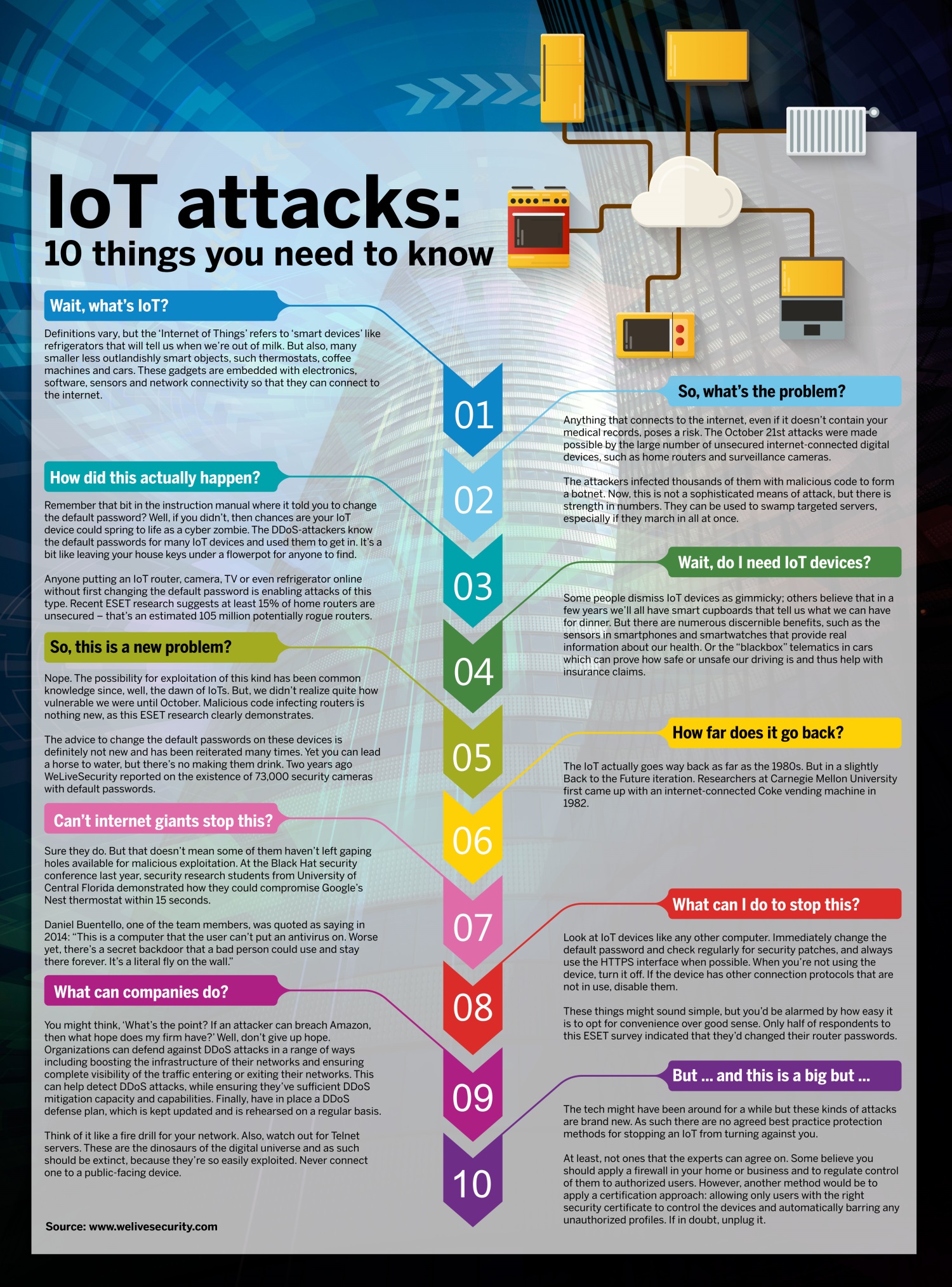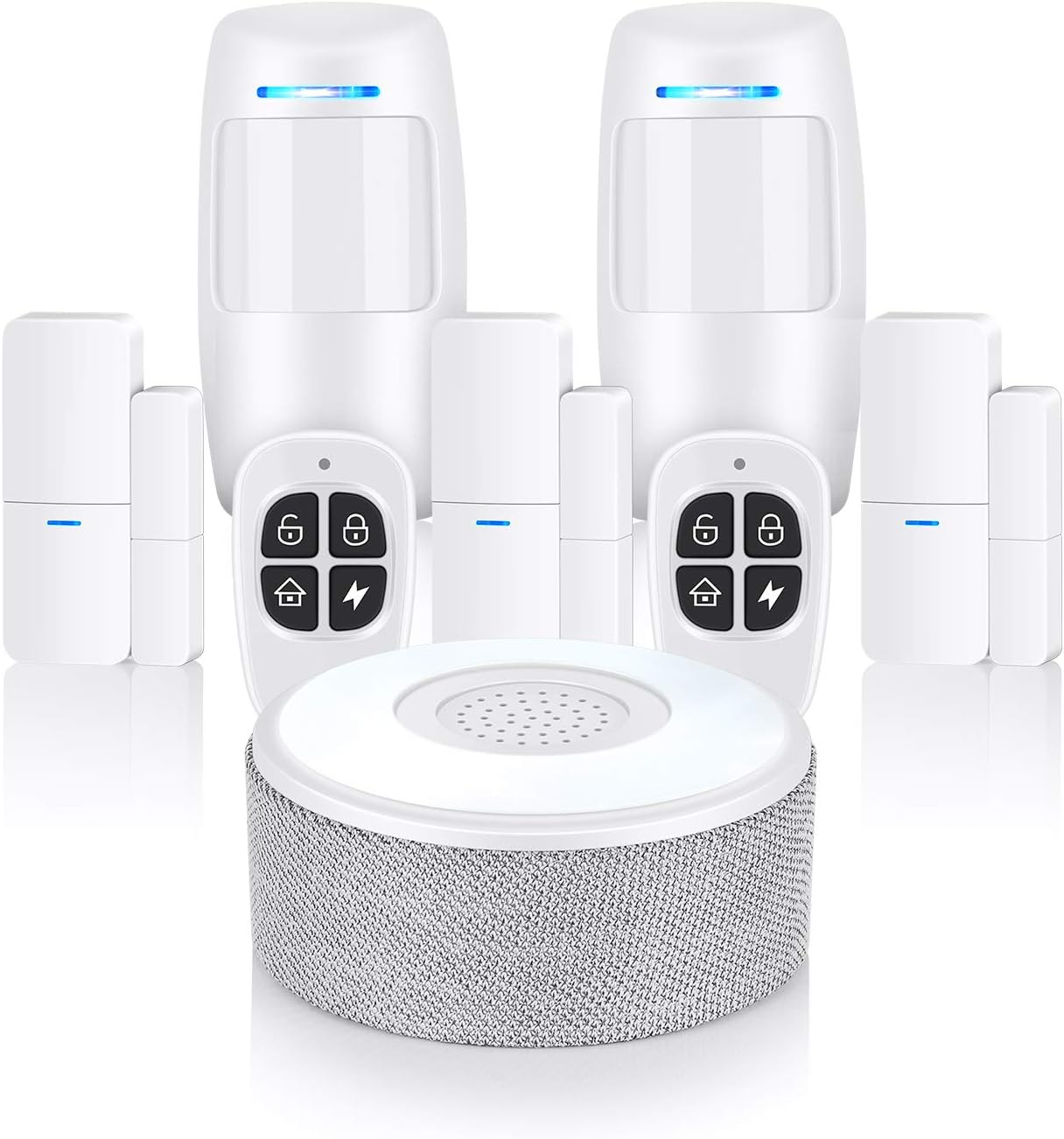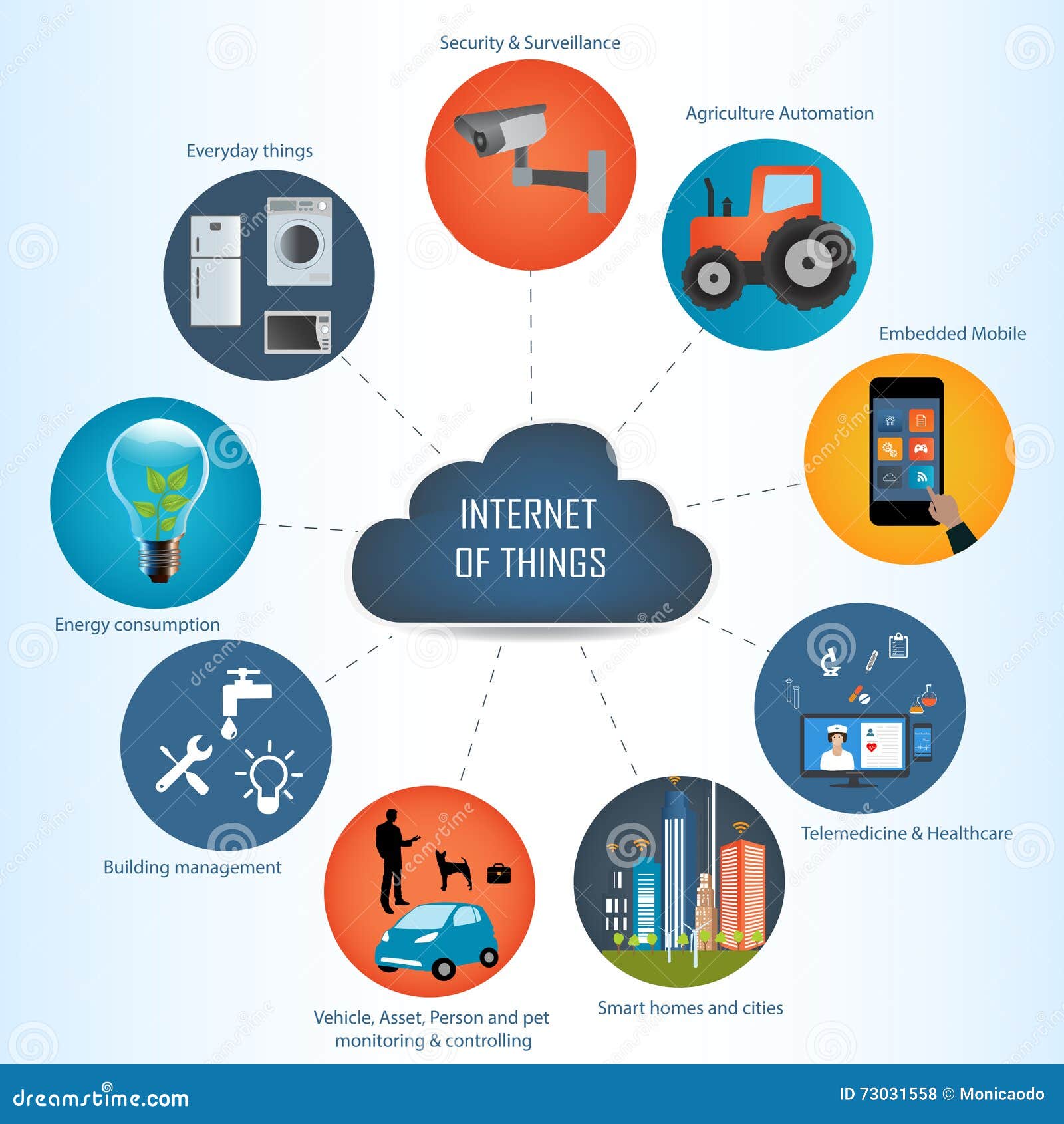Understanding the Risks: The NSA’s Concern Over IoT Security
In an era where convenience is king, the proliferation of Internet of Things (IoT) devices has transformed our daily lives, allowing for increased efficiency and connectivity. From smart TVs and internet-connected lightbulbs to more unassuming items like toothbrushes, the reach of IoT is vast. However, with this technological evolution comes an increased vulnerability to cyber threats—a concern echoed by the National Security Agency (NSA) and one that I, David Maiolo, have found particularly intriguing given my professional background in AI, cybersecurity, and my inherent skepticism towards unchecked technology.
The IoT Security Conundrum
At this year’s AI Summit and IoT World in California, Nicole Newmeyer, the NSA’s Technical Director for Internet of Things Integration, highlighted an alarming aspect of this tech revolution. The NSA’s focus on IoT stems from its rapid integration into human life and interaction with the world. However, this seamless integration poses significant security risks. By the end of 2023, at least 46 billion devices globally are expected to be online, presenting a broadening attack surface for nefarious actors.
The ubiquity of IoT devices ranges from the mundane to the critical, including not just home appliances, but military equipment and infrastructure. Given my own background with cybersecurity within cloud solutions and AI at DBGM Consulting, Inc., the scope of these vulnerabilities is not lost on me. It’s not just about a breached email anymore; it’s about the potential catastrophe that a hacked internet-connected stoplight or a military drone could entail.
< >
>
Businesses, Security, and Accountability
According to Newmeyer, businesses have been encouraged to adopt “common criteria,” a set of security standards for IoT devices. However, it’s crucial to note that these are not hard requirements, and even when adhered to, they have not entirely staved off hacks against IoT devices. This gap in mandatory protection standards points to a significant oversight—one that could potentially be bridged by tighter regulations and standards, something I’ve heavily considered in my own ventures in IT consulting.
The dilemma isn’t about disposing of our smart devices or denying the benefits they bring. Instead, as I often argue, it involves holding tech companies to a higher standard of security to protect users from the dark web’s dangers. Reflecting on the times spent with my friends in upstate NY, looking at the stars through our telescopes, I am reminded of the importance of oversight, not just in astronomical pursuits but in our digital lives as well.
< >
>
Heading Towards a Safer Future
Living in a world where IoT devices are an extension of our existence demands a robust discussion about privacy, security, and the ethical implications of these technologies. This discourse is essential, given the NSA’s valid concerns. Attacks on IoT devices are not a matter of “if” but “when” and “how damaging” they will be. Therefore, the call to action is clear: we must advocate for stronger regulations, transparent practices from tech companies, and enhanced awareness among consumers about the potential risks involved.
We stand at a crossroads, with the opportunity to shape the development of IoT in a way that prioritizes security and privacy. Let us not wait for a breach of catastrophic proportions to take this seriously. The time to act is now.
Conclusion
While nostalgic revisits to movies like Disney’s “Smart House” remind us of a future we once dreamed of, reality beckons with a cautionary note. In navigating the digital transformation, informed skepticism, accountability, and a proactive stance on cybersecurity are our best allies. My journey through the worlds of AI, cloud solutions, and IT security has taught me the value of preparation and prudence. Let’s embrace the marvels of technology, all while safeguarding the digital landscape we’ve come to rely on.
< >
>
Focus Keyphrase: IoT Security